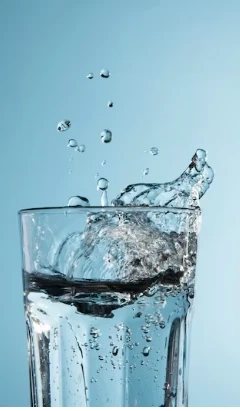To sustain life, water is a crucial commodity. It is essential for societal progress, energy and food production, sustainable ecosystems, and human life, making it a cornerstone of sustainable development.
The chemical, physical, and biological properties of water distinguish several subcategories. The main categories of water include:
Potable water
Potable water, often known as drinking water, has been treated to the point that it is safe for human consumption. It's pristine, clear, odorless, tasteless, and untainted by any impurities.
Freshwater
Groundwater aquifers, wetlands, ponds, lakes, rivers, and streams all contribute to the freshwater supply on Earth. The number of dissolved salts and solids could be higher.
Saltwater
Water from the oceans and seas on Earth is called "seawater." There are roughly 3.5% dissolved salts in it.
Brackish water
You'll find salty water between a river's freshness and the ocean's saltiness. Specifying how much salt is in salty water, which might have anything from 0.5 to 30 grams per liter, is difficult.
Hard water
Magnesium and calcium salts are especially abundant in hard water. Calcareous water is another name for it.
Soft water
Dissolved salts in soft water are quite low. It can be described as water with a calcium carbonate concentration of 50 milligrams per liter or less.
Distilled water
After cleaning and purifying the water, pure H2O molecules are what distillation leaves behind.


